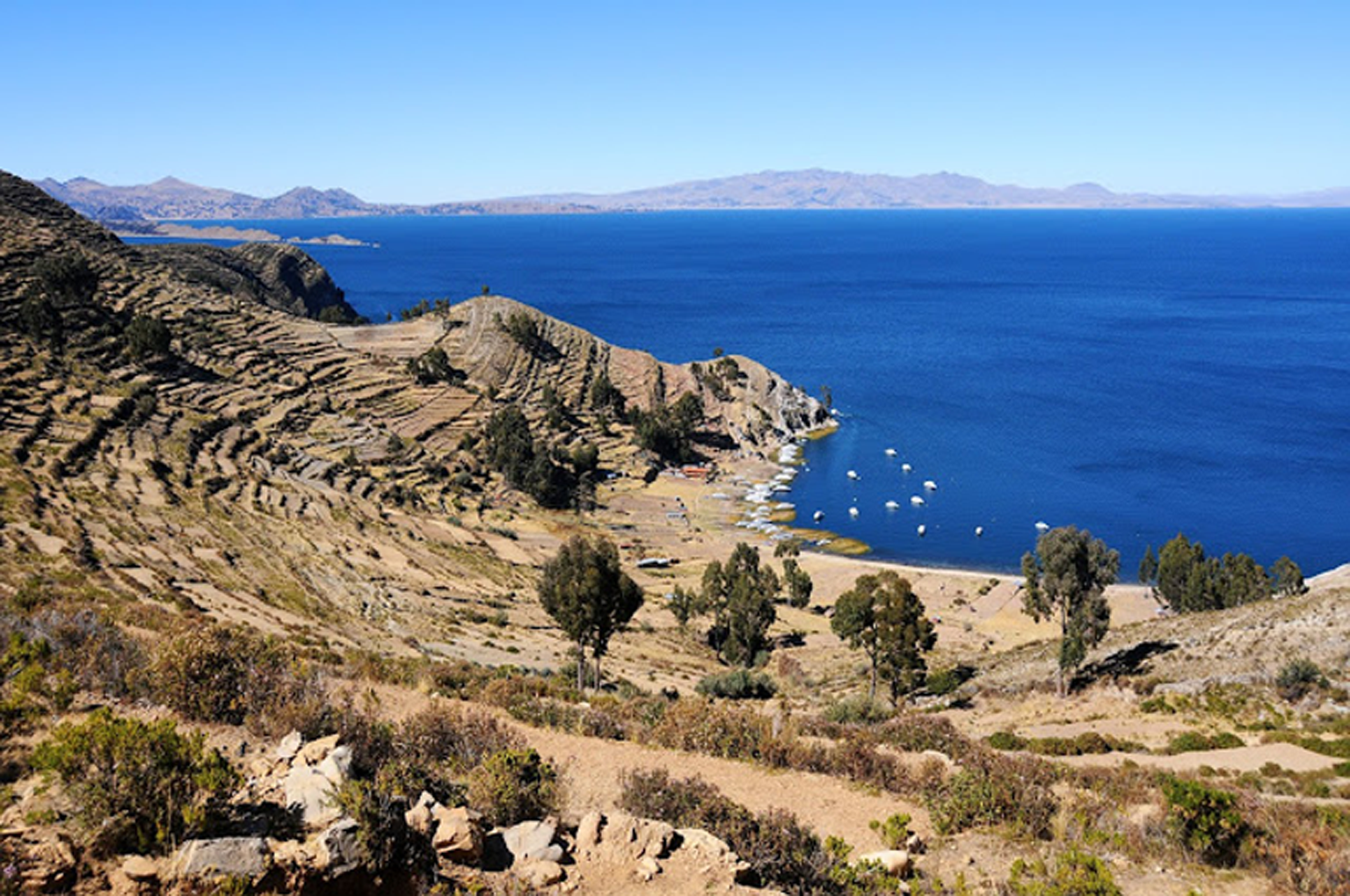Some of my photography-loving friends have recently been working on their manifestos. No, they haven’t been running around protesting about things or pushing their way into parliaments. A photographer’s manifesto is typically a set of values used for personal guidance and communication to the world of WHAT the particular photographer’s photos are really about. Something I have never had before. I have just been randomly taking pictures without much thought. Really, it seemed to me that putting any constraints on my photography could not do much good.
Having given the matter a more substantial thought, however, I came to the conclusion that a manifesto was indeed useful. Not only would it enable me to describe my photographic work to others more sensibly – it would also help me to determine what I am really good at as a photographer and focus on those things. I have therefore decided to list some of the things I really enjoy to photograph – and a real manifesto will hopefully build itself on that basis.
Cemeteries: When it comes to photographing cemeteries, I am an addict. Please understand me correctly – tombstones and graves are such a unique source of national history and culture. Most of my friends fail to understand this, however. When I visited my boyfriend in Belgrade and was asked what I would like to see, my “whatever old cemeteries you have, please” was initially taken as a joke. But I mean it. Faded flowers, candles, epitaphs, crosses, moss-covered tombs – every aspect of a cemetery fascinates me. Perhaps the reason is that the place where I was raised was surrounded by huge cemeteries. Four of them.
Decaying buildings: Forget Vienna, Prague, Dresden and the like – pompous palaces, baroque churches, golden-plated domes, polished-up facades are things I find exceedingly sterile. Take me instead to a chaotic Balkan, North African or Middle Eastern city, and I will lose myself there. I love when the bricks are crumbling, the colours are washed off by decades of endless rain, the door handles are long since gone, the glass is broken, the roof is falling through, the tree is growing in the middle of the building – I love that! Not that I do not appreciate architectural beauty. I definitely do. Beautiful photos are also much more attractive commercially than those which I personally find more valuable to the true world of photography. My heart hence firmly lies with the chaos. Skopje and Belgrade remain personal favourites.
War-touched buildings: I am not a supporter of war. In fact, I consider myself an outright pacifist. But buildings carrying a stamp of war simply take my breath away. I can spend hours next to a shelled and bombed building, taking photos. A symbol of relatively recent military action, Vukovar has been my destination of choice for months. I will finally be going there on a small photographic mission in March.
Similarly, I love capturing the aftermath of major riots, such as the ones that took place in Athens last December. I would have walked out in the heat of the fire action, but could not risk the safety of my camera. Instead, I photographed the destruction the riots brought – broken windows, vandalised buildings, destroyed shop signs, Christmas tree burnt down to the roots… I would hate to be responsible for cleaning away the mess, but my heart enflames at the idea of the mess itself.
Strikes and demonstrations: when they are only preparing to march, I am already holding my camera at the ready. For some strike action, no country beats the good old Greece. Seriously, I could make a photo exhibition for every day of the week from Greek strikes alone. Generally, I love capturing people’s idealistic preferences expressed aloud with bright posters, rolling drums, face painting and flags – especially flags. No matter about my personal feeling for a particular country, I can patiently wait for the favourable direction of the wind to capture that one perfect flag photo – open wide, lit up beautifully from behind, making a few nice curves in its gentle wind play. The more flags, the better! I had a total blast once in front of the Government building in Skopje, with countless yellow suns populating those Balkan skies.
Abandoned factories: more broken glass, dust, overgrown plants and that sour humid smell everywhere. I would absolutely pay someone to drive me to Kragujevac in Serbia to capture the old Zastava factory. Perhaps it’s part of my precious childhood memories, too – I grew up in the Sarkandaugava district of Riga, Latvia – best known for its old glass factory no-one really uses these days. This thing is standing literally next to the block of flats where I spent 20 years of my life. Could I ever remain indifferent after that? Clearly not.
Sunsets and sunrises: fine, after all those obnoxious objects I have claimed to love to capture so far, this may come as a surprise. I actually love to immortalise the beauty of the rising and setting sun alike. The best sunset in my memory has to be the one from Thessaloniki, Greece, one cloudy day in March 2008. Sunrises are generally more of a challenge to catch, but I have managed a few. The best one is definitely the serene scene from Patmos island, Greece, on a lovely summer morning in July 2008.
Old people: impersonal items aside, I love photographing old people. They can be relaxing, playing chess, reading newspapers, selling fruit from street stalls, swimming, sleeping, gossipping, drinking booze from dirty bottles, kissing their grandchildren to tears – I don’t care. Old people are just too cool to miss. Their only subtle disadvantage is occasionally protesting against being photographed – or, even worse, mistaking your attention for something romantic and asking for your phone number.
Naughty children: a sat down child looking at the camera is an excruciatingly boring image. Children have to run, play, crash into each other and passers-by, go crazy on the swing – or, at the very minimum, keep changing their facial expressions at a wild rate per second. Non-active children are wrong by definition – and make dull material for photos.
Interesting signs: “Athens 500km” is boring for its mundane content; “Yugoslavia 18km” is fabulous for its originality. Similarly, an otherwise non-remarkable road sign on Crete can become a winner when you look closely enough to notice the bullet marks on it. Cretans are known as rebels and defy any form of authority, including traffic police. Road signs are seen as an attempt to limit their personal freedom, hence should be attacked. Signs are truly a bunch of gorgeous little ambassadors of less obvious aspects of every national culture.
After reading what I just wrote above, I have noticed that one thing is missing. Myself. My mother is always complaining that I rarely feature in my own photo albums. Perhaps she has a point, after all.











blessingsgoddess says:
December 15, 2009 at 12:37 pm
A fascinating and comprehensive list !
Comments are closed.